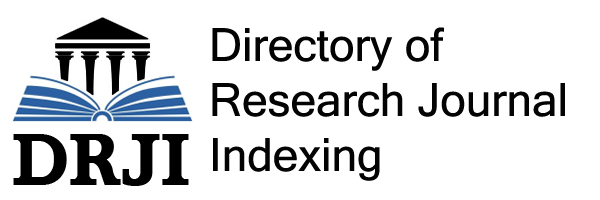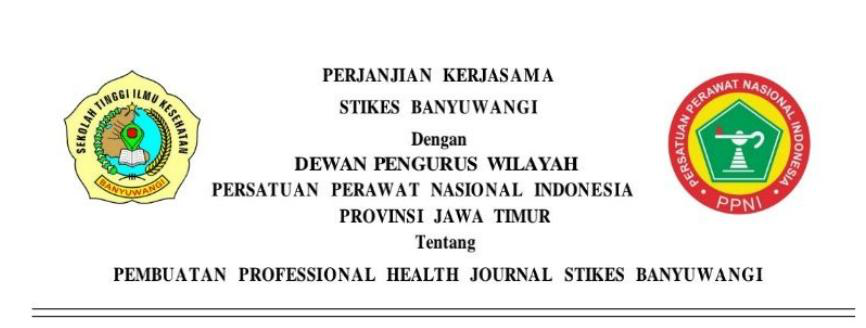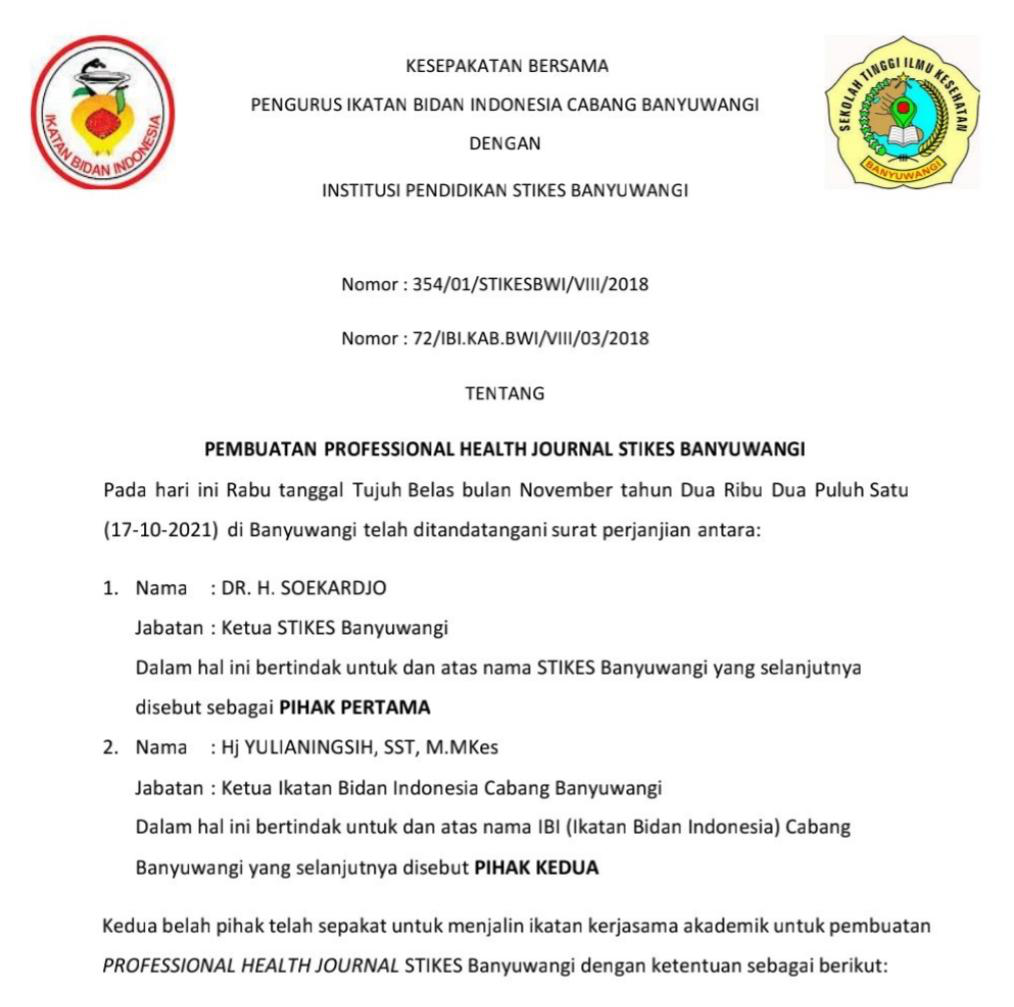Relationship Between Short Birth Length And Stunting Incidence In Toddlers
DOI:
https://doi.org/10.54832/phj.v7i2.1227Keywords:
Toddler, Low Birth Weight, Knowledge Level, Stunted, Stunting, birth length, parental height, paternal height, maternal height, and maternal pregnancy BMIAbstract
Introduction: The length of a baby's birth can describe linear growth during pregnancy. If a baby is born with a short body length, it indicates a disorder during pregnancy which usually indicates a state of malnutrition suffered by the mother. Short birth length is a risk factor for stunting
Objectives: The purpose of this study was to determine the relationship between short birth length and the incidence of stunting
Methods: The type of research used was correlation analytic with a cross-sectional design. The research location was at the Bengkuring Health Center, Samarinda City, East Kalimantan Province. The number of samples was 30 people with inclusion criteria, toddlers aged 2-5 years who experienced stunting with a history of mothers giving birth at term. The sampling technique used was Purposive Sampling. Data collection used KIA books, Microtoise to measure toddler height, scales to measure toddler weight, KMS sheets to see the baby's birth length, and nutritional reports at the Health Center. Data analysis techniques used univariate and bivariate analysis using the chi-square test
Results: Most of the children's birth weight is normal (2500-4000 gr) totaling 23 people (76.7%), then the birth length of the children is mostly short (<48 cm) totaling 20 people (66.7%). All toddlers in this study were classified as stunted, namely 30 people (100%). Bivariate analysis using the chi-square test with a ρ-value = 0.000
Conclusions: There is a relationship between short birth length and the incidence of stunting
Downloads
References
Antun, R. (2016). The relationship between birth weight and length with the incidence of stunting in children aged 12-59 months in Lampung Province. Journal of Nursing, 12(2), 209–218.
Health Research and Development Agency. (2018). National Riskesdas Report 2018. In Badan Litbangkes Publishing Institute (p. 674).
Bening, Salsa., Margawati, A. (2016). The Relationship between Macro and Micro Nutrition Intake as a Risk Factor for Stunting in Children Aged 2-5 Years in Semarang. Medical Hospital, 4((1)), 45–50.
Daracantika, A., Ainin, A., & Besral, B. (2021). The Negative Effect of Stunting on Children's Cognitive Development. Journal of Biostatistics, Population, and Health Informatics, 1(2), 113.
Dasantos, PT, & Dimiati, H. (2020). Relationship between Birth Weight and Body Length. Averrous Journal, 6(2), 29–43.
Fauzi, M., Wahyudin, & Aliyah. (2020). The relationship between education level and employment of mothers of toddlers with the incidence of stunting in the working area of Puskesmas X, Indramayu Regency. 9–15.
Hidayati, N. (2019). Birth Weight and Length Increase the Incidence of Stunting. Metro Sai Wawai Health Journal, 12(1), 21.
Holil M. Par'i, Wiyono, S., & Harjatmo, TP (2017). Nutritional status assessment: Nutrition teaching materials (2017th ed., Issue 112). Ministry of Health of the Republic of Indonesia.
Ministry of Health. (2023). Indonesian Health Survey 2023 (SKI). Ministry of Health, 235.
Ministry of Health of the Republic of Indonesia. (2016). Situation of Short Toddlers. Infodatin, 1–10.
Mayestika, P., & Hasmira, MH (2021). The Relationship between Environmental Sanitation, Birth Weight and Birth Length with Stunting in Children Aged 25-72 Months. Perspective Journal, 4(4), 519
Mutingah, Z., Health, FI, Development, U., Veteran, N., & Stunting, PP (2021). The relationship between maternal knowledge and attitudes with stunting prevention behavior in toddlers. 5(2), 49–57.
Rarastiti, CN, Madanijah, S., & Syarief, H. (2022). Nutritional Status of Pregnant Women and Its Relation to Birth Weight and Length of Babies. Indonesian Journal of Nutrition Science and Food, 1(1), 29–34.
Kemenkes RI. (2022). POCKET BOOK Results of the 2022 Indonesian Nutrition Status Survey (SSGI).
Soleha, M., & Zelharsandy, VT (2023). The Effect of Parity in the Family on the Nutritional Status of Toddlers: Literature Review. 4(1).
Sulistyawati, A. (2020). Factors Associated with Stunting Incidence in Toddlers. 21–30.
Tobing, ML, Pane, M., Harianja, E., Badar, SH, Supriyatna, N., Mulyono, S., National Team for the Acceleration of Poverty Reduction, & TNPK. (2021). 100 Priority Districts/Cities for Stunting Intervention. PREPOTIF: Journal of Public Health, 13(1), 238–244.
Trihono, Atmarita, Tjandrarini, DH, Irawati, A., Utami, NH, Tejayanti, T., & Nurlinawati, I. (2015). Stunting in Indonesia, Problems and Solutions.
Trisyani, K., Fara, YD, Mayasari. Ade Tyas, & Abdullah. (2020). The Relationship between Maternal Factors and the Incidence of Stunting. Aisyah Maternity Journal (JAMAN AISYAH), 1(3), 189–197.
United Nations Children's Fund (UNICEF). (2020). The Situation of Children in Indonesia - Trends, Opportunities, and Challenges in Fulfilling Children's Rights. Unicef Indonesia, 8–38.

















